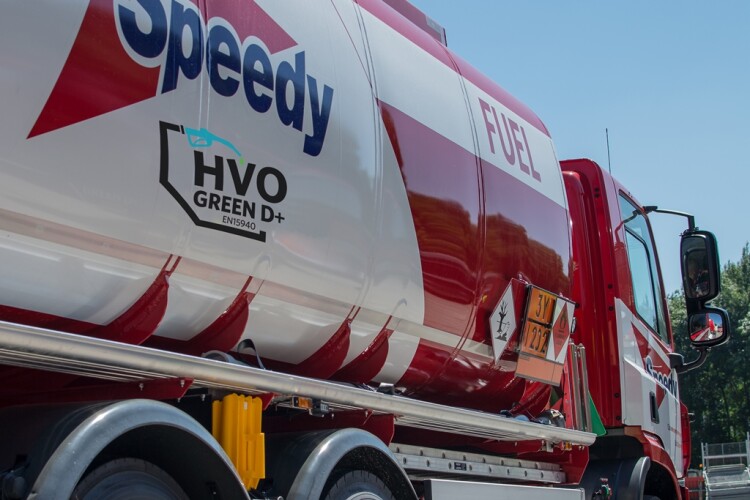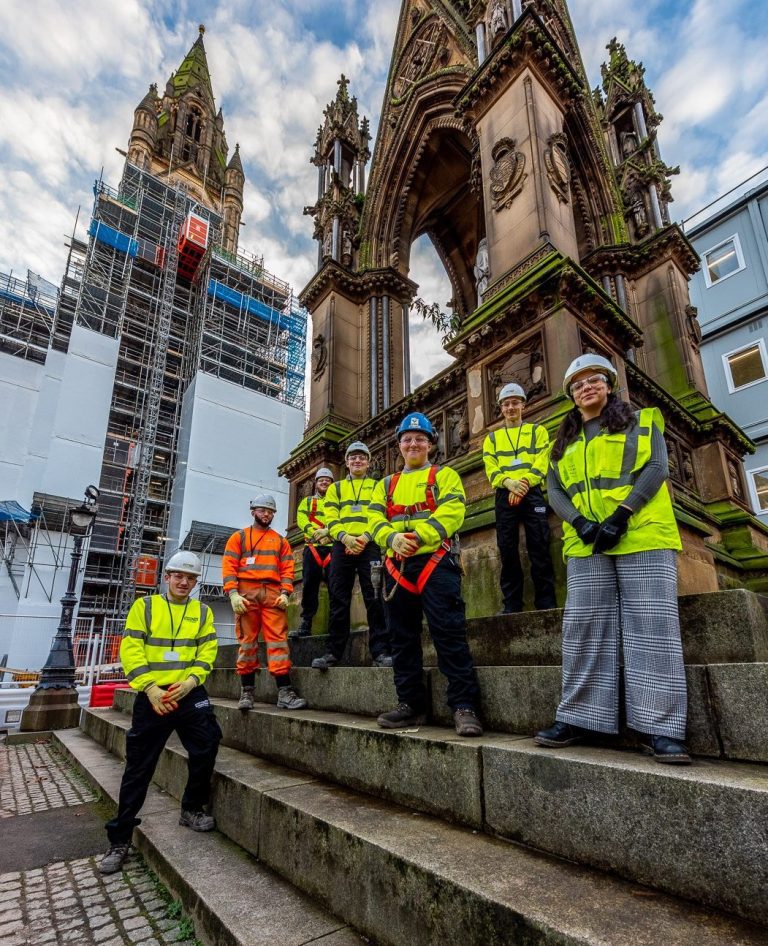The employee’s head-to-toe safety is paramount, especially for construction, factory, and hazardous jobs. Aside from annual checkups, workers should be equipped with the right safety gear. Worker footwear matters a lot, influencing productivity, health, safety, and overall job performance. One type of footwear includes waterproof work boots. But are they worth it? Find out the answer if waterproof work boots are worth it by reading below. Waterproof Boots Keep The Feet Dry Keep your feet dry with waterproof boots designed to repel water away from your feet. Also, this footwear is highly recommended for construction workers because they keep the boots dry and will still be in good condition for a long time. Even if the sun is high, the construction site can be full of mud. Hence, the waterproof feature of your construction boots can be highly beneficial, buying a branded one shouldn’t be easily damaged after getting off a muddy place. You can buy waterproof construction boots online conveniently from a reputable brand. Here are the advantages of keeping the feet dry when working on the construction site: Avoid smelly feet due to moisture and water penetration. Reduce discomfort while working in muddy construction areas. Prevent foot fungal infections such as athlete’s foot. Waterproof Boots Protect the Feet Construction field workers such as engineers, architects, and construction workers should wear durable footwear to protect their feet from hazards that cause injury. Waterproof work boots protect the feet from water exposure. The materials used for creating waterproof construction boots are of good quality. Even if it rains, your boots won’t get wet for a long time. Waterproof boots are generally made with rubber, vinyl, nylon, neoprene, or polyurethane. Construction boots made of nylon, leather, and other coated materials are water-resistant. Here are the things that waterproof boots can protect the feet from: Flying and Falling Objects: Because construction workers usually operate and carry heavy equipment and materials. Objects can fly and fall accidentally, causing injury to the feet. Waterproof work boots can prevent foot crushing injuries. Punctures: Sharp objects are everywhere on the construction site. That’s why fieldworkers should wear work shoes with thick materials and heavy-duty soles, surrounding the foot for the best protection. Cutting Hazards: Construction and manufacturing machinery contain moving components such as sharp blades, exposing the workers to cutting hazards. Wearing construction boots help protect the feet from chainsaws and other tools and equipment that may come in contact with the feet. Electricity: Electric shocks and the static electricity are safety risks in construction sites and other workplaces. Avoid an electrical accident by wearing waterproof work boots. A pair of high-quality waterproof work boots are non-conductive footwear, usually made from rubber, leather, or other materials. Slips, Falls, and Trips: These workplace accidents can cause injury to the feet. Aside from installing an anti-slip floor and avoiding walking on slippery floors, wearing proper footwear can provide extra protection against slips, falls, and trips because of appropriate traction. Burns: Fire can happen in any workplace, which may result in chemical burns. Footwear, such as construction work boots are made from durable materials. Waterproof boots prevent burns from molten metal splashes, chemicals splashes, and other dangerous substances, posing injury to the feet. Waterproof Boots are Comfortable to Wear Waterproof work boots are comfortable to wear. Workers feel good that they wouldn’t mind taking it off after fieldwork. When choosing waterproof construction boots, make sure to choose the right brand featuring great durability and promoting optimum foot comfort. Also, good brands of waterproof boots are stylish to wear, matching the rugged look of field workers. OSHA Compliant According to OHSA, employers should ensure that affected employees use protective footwear in work areas where there’s a danger of foot injuries caused by rolling or falling objects. Industrial and construction businesses should comply with OSHA requirements by following guidelines on appropriate safety shoes in the workplace. Regardless of the nature and size of your business or job, it’s crucial to follow OSHA guidelines to ensure a safe and healthy workplace. Are Waterproof Work Boots Worth It? Waterproof work boots are a worthwhile investment given the best features and benefits of this type of footwear. Choosing the right waterproof work boots will help protect both employees and employers from safety hazards in the construction industry. Conclusion Waterproof construction boots are worth the investment. They keep the feet dry and protected from all sorts of hazards. Also, waterproof boots are very comfortable to wear with less worry on your feet, improving productivity at the job site. Protect your feet from burns, punctures, cuts, electricity, injuries from trips, falls, and slips.














